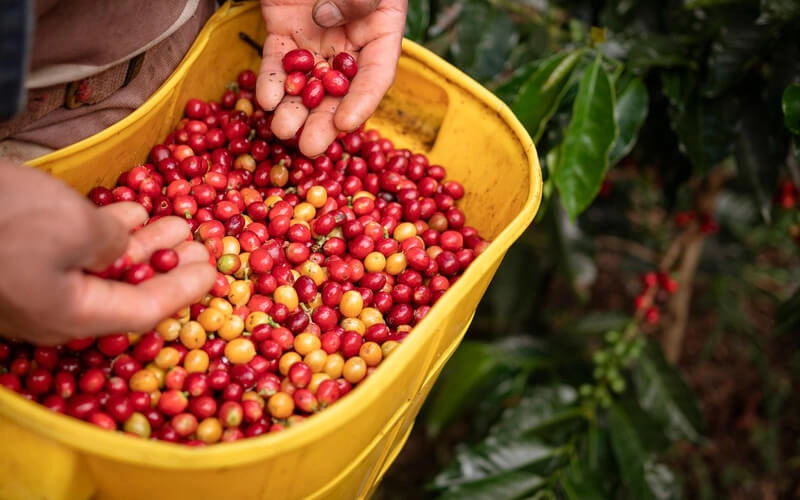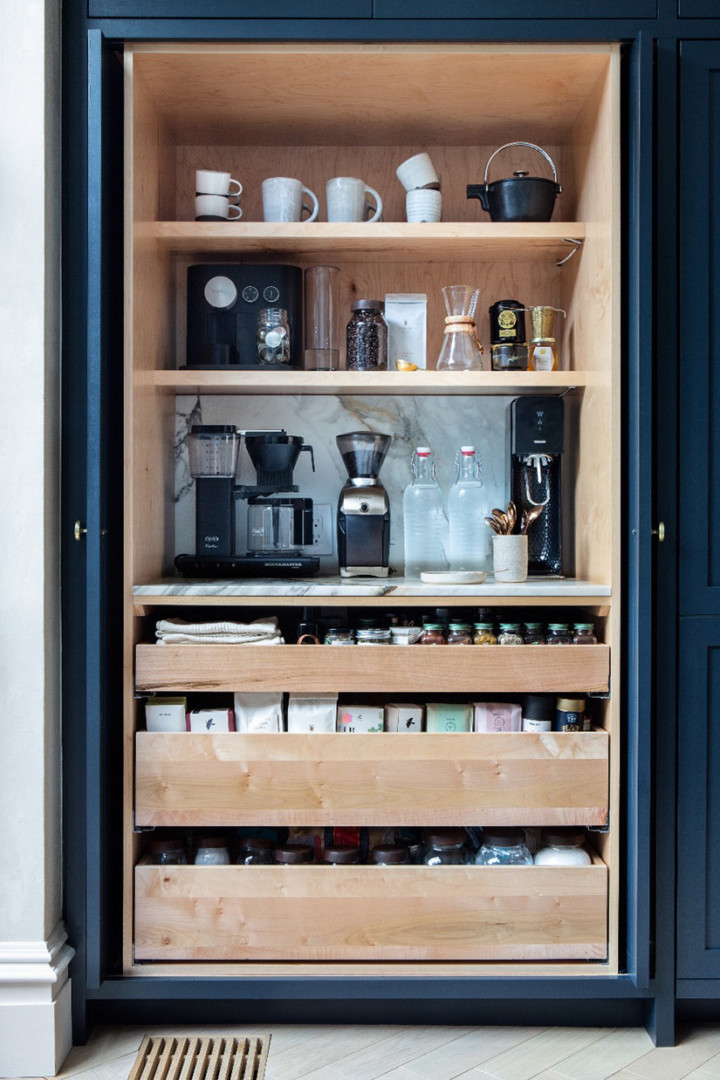Specialty Coffee: How to Read Scores and Tasting Notes
Specialty coffee is more than just a label — it’s a standard of quality recognized worldwide. If you’ve seen terms like “Score: 87” or tasting notes such as “citrus, chocolate, floral,” you might wonder what they mean and how they help you choose the right coffee.
1. What Makes Coffee ‘Specialty’?
The Specialty Coffee Association (SCA) defines specialty coffee as beans scoring 80 points or higher on a 100-point scale. Scoring is done by certified Q-graders who evaluate coffee for aroma, flavor, aftertaste, acidity, body, balance, and overall impression.
-
80–84.99: Very good quality.
-
85–89.99: Excellent quality.
-
90+: Outstanding, rare, and highly sought after.
2. How to Read Tasting Notes
Tasting notes describe the flavors and aromas detected when cupping coffee. They don’t mean the coffee has additives — they’re natural characteristics from the bean’s variety, origin, and roast profile.
Common categories include:
-
Fruity: Berries, citrus, stone fruits.
-
Sweet: Caramel, honey, chocolate.
-
Floral: Jasmine, rose, hibiscus.
-
Nutty/Spicy: Almond, cinnamon, clove.
3. Why Scores and Notes Matter
-
Scores give you a quick idea of quality and rarity.
Tasting notes help you choose a flavor profile you’ll enjoy.For example, if you love bright, citrusy coffee, look for a high-scoring Ethiopian with notes like “lemon” or “bergamot.” If you prefer rich, chocolatey flavors, try a Colombian or Brazilian coffee with notes of cocoa and nuts.Conclusion:Understanding coffee scores and tasting notes makes it easier to pick beans you’ll truly love. Specialty coffee offers a world of flavors — the key is knowing how to read the labels.
👉 Shop specialty coffee beans on Amazon →
Disclosure: As an Amazon Associate, I earn from qualifying purchases.



